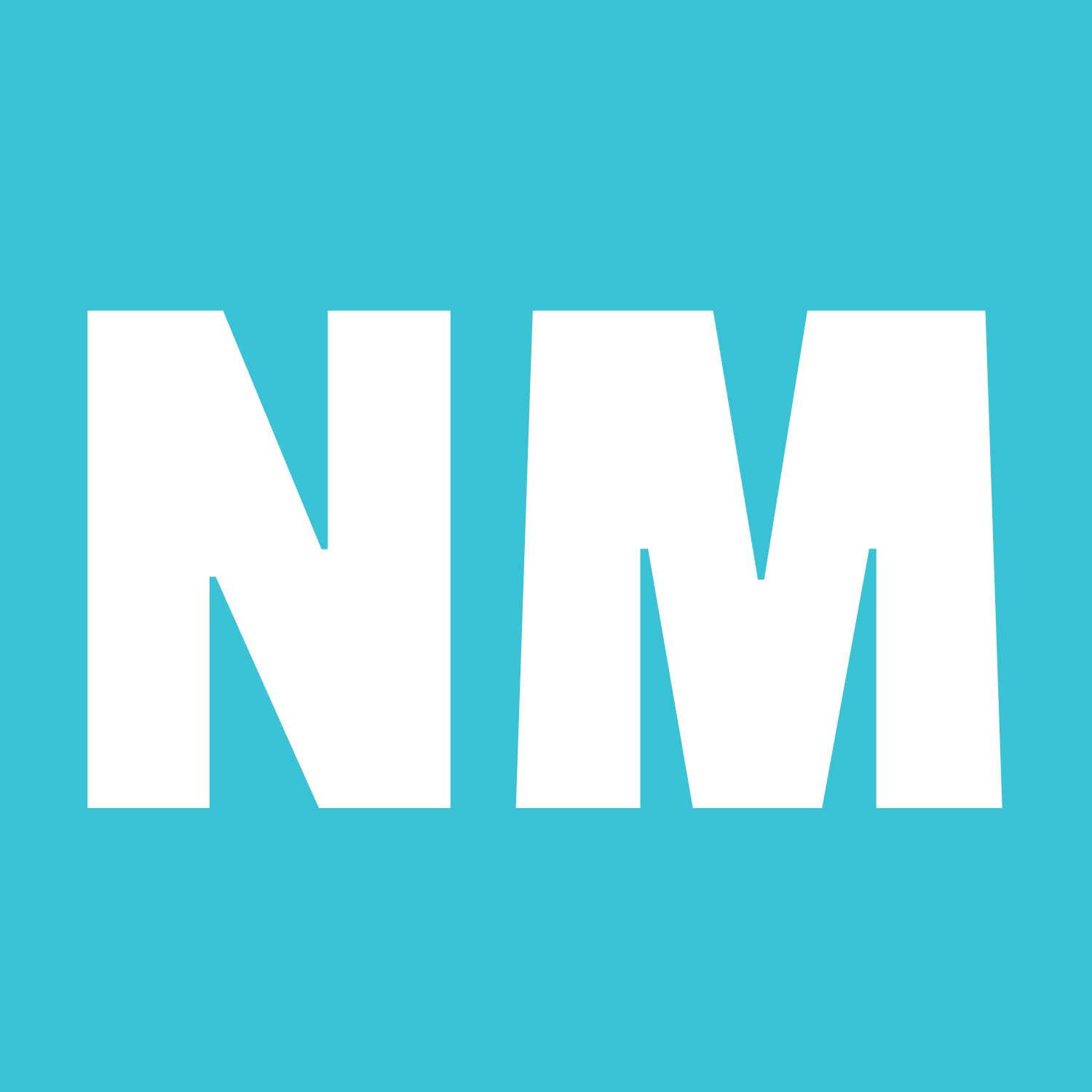6 Common Questions About Pumped Breast Milk Answered!
by deborah ziebarth, MSN Ed, RN, PhDc
Human breast milk is superior over formula and promotes a healthy infancy. Employed moms generally will start using a breast pump one to two weeks before returning to work. The breast milk is then stored in containers in the freezer for later use. It is important for nannies (and parents!) to understand how to best handle breast milk in order to retain its full nutritional value and keep it free from bacterial growth. While at first these breast milk–handling guidelines may seem persnickety, the science behind them leaves no room for interpretation. How you handle breast milk can make a real difference in the health and nutrition of the infant.
We've assembled the following tips from credible medical sources on six often-asked questions that every nanny should know the answers to:
1. Should I swirl or shake breast milk?
Breast milk will separate because it is not homogenized, meaning the cream will rise to the top. Before feeding, gently swirl the container to mix the cream back through. Do not shake vigorously however as this breaks up the proteins which are so vital for baby's gut lining.
2. What is the best way to defrost frozen breast milk?
The key to warming breast milk while preserving its full nutritional value is to avoid overheating. Your goal is to heat breast milk to approximately body temperature (98.6 degrees Fahrenheit / 37 degrees Celsius). That is really just lukewarm water, not hot. Using only warm water bath temperatures to heat up milk will avoid the loss of nutrients and the risk of overheating. Thawing overnight in the refrigerator the amount of frozen breast milk you expect to use the next day is highly recommended. Thawing frozen milk in the fridge will shorten warming time, thus avoiding an extended period of time with a hungry, impatient, and crying baby. Then, warm thawed milk by holding the bottle under warm running water to quickly thaw. Do not use hot water to thaw milk. Lukewarm water will do the trick. You can also place the sealed container in a bowl of warm water for 20 minutes to bring it to body temperature.
3. Can I use a microwave to heat breast milk?
Never use a microwave to heat breast milk.
Avoid using a microwave oven to thaw or heat bottles of breast milk. Microwave ovens do not heat liquids evenly. Uneven heating could easily scald a baby or damage the milk. In addition, bottles may explode if left in the microwave too long. Microwaving can also destroy the nutrient quality of the expressed milk by using excess heat.
4. CAN I USE A BOTTLE WARMER TO WARM UP BREAST MILK?
Yes, you can use a bottle warmer to simplify warming. However, we advise caution to avoid overheating breast milk if you do.
5. What are breast milk storage recommendations?
Storage duration for fresh breast milk varies depending on where you store it. In general, the cooler the better. The Centers for Disease Control and Prevention provides the following guidelines:
6. If the baby doesn’t finish a bottle of breast milk, can it be reused?
No. Once baby has completed feeding, discard any remaining breast milk. Do not save milk from a used bottle for use at another feeding as the saliva from baby can break down the enzymes in the milk.
Again here are some simple tips for warming breast milk.
- Thawed milk is safe in the refrigerator for 24 hours.
- Use oldest milk first.
- Baby may drink milk cool, at room temperature, or warmed.
- Thaw milk by placing it in the refrigerator the night before use or gently rewarm it by placing the container under warm running water or in a bowl or warm water.
- Do not let the level of water in the bowl or from the tap touch the mouth of the container.
- Never use a microwave oven or stovetop to heat breast milk, as these may cause scald spots and will destroy antibodies. A microwave may also destroy valuable nutrients and vitamins in breast milk.
- Swirl the container of milk to mix the cream back in and distribute the heat evenly. Do not shake.
- Milk left in a feeding container after a feeding should be discarded and not used again.
- Do not refreeze breast milk once it is thawed or partially thawed.


